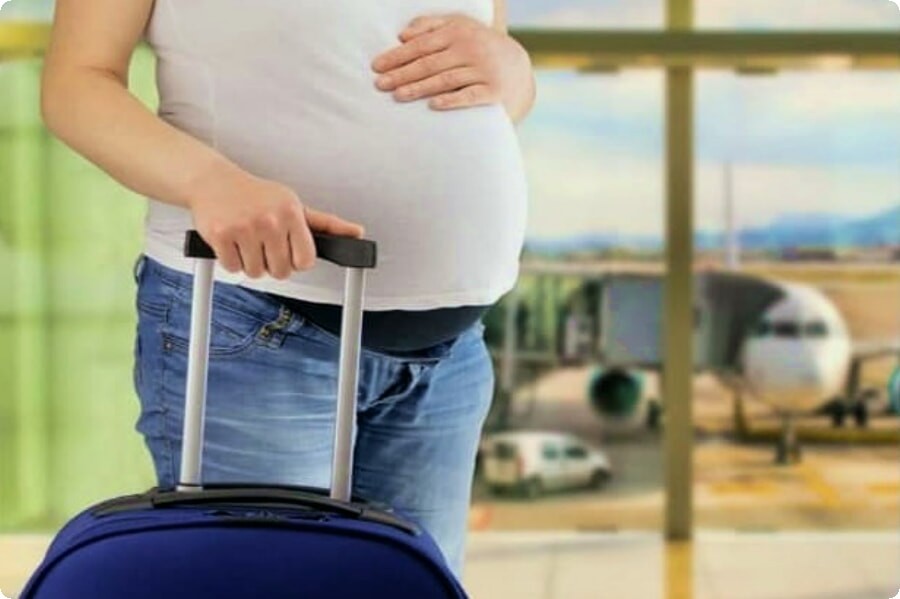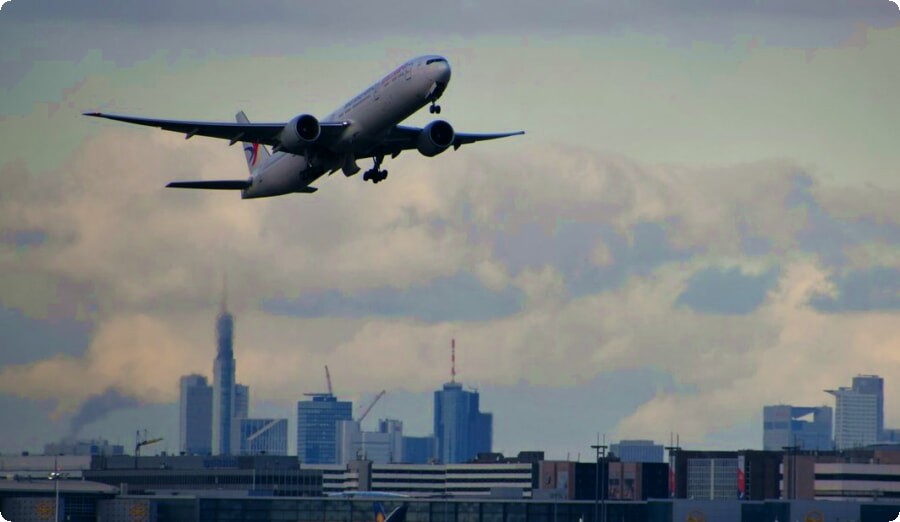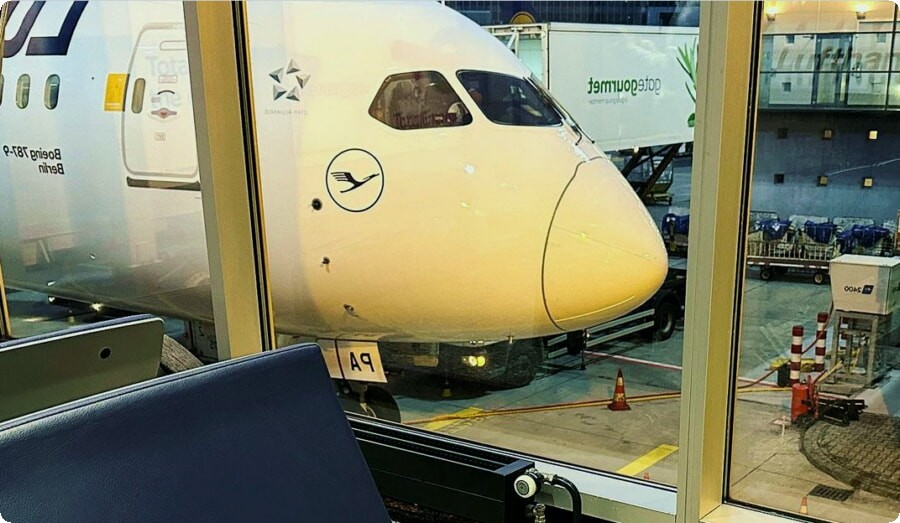Pregnancy and the plane - what aspects should be considered
Pregnancy is not a reason to lock yourself in four walls and completely abandon rest and travel. If the course of pregnancy does not cause any worries, then interesting impressions can only help the expectant mother make this period pleasant and memorable.
Doctors say that an airplane during pregnancy is one of the most convenient modes of transport, helping to travel several hundred or thousands of kilometers.

Indeed, in a modern air liner there is no strong shaking and vibration, there is absolutely no smell of gasoline, and the ventilation system helps not to experience a lack of oxygen.
But traveling by plane during pregnancy, of course, requires certain precautions.
Different airlines have different attitudes towards women who are expecting a baby.

Most airlines have no objection to expectant mothers flying as long as the pregnancy is under 28-32 weeks. After that, permission from a doctor is often required, confirming that air travel will not harm the woman and baby.
But some air carriers do not allow pregnant women with a period of more than 32, and even more so - 36 weeks, to fly. Therefore, before choosing a route and booking tickets with a particular airline, it is worth clarifying their position on this issue. And, of course, get the opinion of your doctor.

It is not uncommon for doctors not to recommend boarding an airliner until the end of the first trimester—the strong manifestations of early morning sickness, combined with fear of flying and “what if something happens” expectations, can hurt some women.
However, in the second trimester, if there are no special medical contraindications, no one will limit your desire to fly.
If you are going to board an aircraft during pregnancy, you need to remember that your current trip will be different from the usual. First of all, you can be very uncomfortable in a cramped chair, especially if you cannot stretch your legs.
Therefore, it is best to take a ticket to the business class cabin - there are more spacious seats, and the distance between them is greater. In ordinary salons, you should choose a seat at the very beginning of the salon - there is more free space in front of the seats.
First. You can't sit still. It is definitely worth stretching your legs from time to time, bending and unbending your knee and ankle joints, rotating your feet and resting your feet on the floor with force. Take a walk around the cabin several times during the flight - this will improve blood circulation and relieve you of swelling of the legs.

Second. If you use any tablets, be sure to take them with you. Grab both a sedative that can be taken during pregnancy and anti-nausea medicines.
Third. Air in an aircraft cabin can be very dry. So be sure to use a moisturizer. Take a water-based cosmetic spray with you to freshen up your face. If you feel thirsty, be sure to contact the stewardess, asking them to bring you mineral water without gas.

Fourth. In order not to feel overwhelmed after the flight, put a blanket folded several times under your lower back - you can also ask the flight attendant for it. This will reduce the load on the spine.
Fifth. Remember to take your medical documents with your pregnancy history with you on the plane, especially if the period is longer than 36 weeks. Just in case.
Sixth. Remember: doctors do not allow flying during pregnancy if the flight time exceeds 4 hours.

And finally, most importantly: listen to yourself and your baby. Trust your own intuition. And then you will understand whether you should go up now - or it is better to wait a while.